
Do Stainless Steel Necklaces Tarnish? Here's What You Need to Know
Do stainless steel necklaces tarnish? While stainless steel necklaces are renowned for their durability and corrosion resistance, they can still tarnish under specific conditions. Although resistant to rust, prolonged exposure to humidity, sweat, and certain chemicals may lead to oxidation, causing dullness or discoloration. The type of stainless steel also matters—grade 316 offers enhanced protection compared to grade 304. To keep your stainless steel necklaces looking their best, store them in a cool, dry place and clean them regularly with a soft cloth. Explore stainless steel jewelry collection to find high-quality pieces and tips for preserving their shine.
Understanding Stainless Steel
Stainless steel, a popular choice in jewelry, is renowned for its durability and resistance to corrosion.
When you explore stainless steel types, you'll find various grades, such as 304 and 316L, which are commonly used in jewelry making. These types offer different levels of nickel content, affecting their hypoallergenic properties and overall wearability.
As you consider jewelry trends, stainless steel remains at the forefront due to its modern aesthetic and versatility. It effortlessly complements a range of styles, from casual to elegant.
Additionally, the material's ability to withstand everyday wear without tarnishing makes it appealing for those seeking longevity in their accessories.
Understanding these aspects of stainless steel can help you make informed choices when selecting jewelry.
How Tarnishing Occurs
Tarnishing typically occurs when metals react with environmental elements, leading to a change in appearance.
In stainless steel, this tarnishing process can be triggered by exposure to moisture, air pollutants, or even certain chemicals. When these elements come into contact with the metal, an oxidation reaction can take place.
This reaction involves the metal losing electrons, which results in the formation of compounds like iron oxide or other tarnishing agents. Although stainless steel is resistant to corrosion, it's not entirely immune to these reactions.
Over time, you may notice discoloration or dullness on your necklace, indicating that the oxidation process has begun. Understanding this helps you take proactive measures to maintain your jewelry's shine and luster.
Factors Influencing Tarnish
Several factors can influence the tarnishing of stainless steel jewelry, impacting its appearance and longevity.
Environmental exposure plays an essential role; items stored in humid or salty environments are more prone to tarnishing. Sweat, lotions, and perfumes can also accelerate the tarnishing process when you wear your jewelry regularly.
Additionally, the way you store your pieces matters greatly. Keeping your stainless steel jewelry in a dry, cool place, preferably in a lined box or anti-tarnish pouch, can help minimize exposure to elements that cause tarnish.
Regular cleaning with a soft cloth can further protect your jewelry. By understanding these factors, you can take proactive steps to maintain the shine and integrity of your stainless steel necklaces.
Differences Between Grades
When choosing stainless steel for jewelry, understanding the differences between its grades is crucial for both durability and appearance.
Stainless steel comes in various types, including 304 and 316 grades, each offering distinct properties. Grade 304 is often used for fashion jewelry due to its affordability, but it can tarnish over time, especially in humid conditions.
In contrast, grade 316, often called marine-grade stainless steel, provides enhanced corrosion resistance and is ideal for long-lasting pieces.
When making a grade comparison, consider your lifestyle and how much exposure to moisture your jewelry will face. Selecting the right type of stainless guarantees you'll enjoy your necklace's beauty and longevity without the worry of tarnishing.
Care Tips for Stainless Steel
Although stainless steel is known for its durability, proper care is vital to maintain its shine and prevent any potential tarnishing. To keep your stainless steel necklace looking its best, utilize effective polishing techniques. Use a soft cloth to regularly buff the surface, which helps remove minor scratches and restores luster.
For deeper tarnish, consider using a specialized stainless steel polish, following the manufacturer's instructions carefully.
Additionally, proper storage solutions play an important role. Store your necklace in a cool, dry place, preferably in a fabric pouch or a lined jewelry box to avoid scratches from other items.
Cleaning Your Necklace
Cleaning your stainless steel necklace is essential for maintaining its appearance and preventing buildup that can lead to tarnishing.
Employ effective cleaning techniques such as using a soft microfiber cloth to gently wipe away dirt and oils. For a deeper clean, mix warm water with a mild soap and soak your necklace for a few minutes, then rinse thoroughly and dry it completely.
Avoid harsh chemicals and abrasive materials, as they can scratch the surface and compromise its shine.
Regular jewelry maintenance includes periodic cleaning to guarantee your necklace remains in top condition.
Common Myths Debunked
You might believe that all stainless steel is created equal, but its composition plays a vital role in its durability.
Many also think that stainless steel requires extensive maintenance, leading to unnecessary worries about tarnishing.
Let's clarify these misconceptions to better understand the true nature of stainless steel necklaces.
Stainless Steel Composition
Stainless steel, a popular choice for jewelry, is often misunderstood when it comes to its composition and durability. Many believe all stainless steel is the same, but this isn't true.
There are various stainless steel grades, each designed for specific applications. The most common grades for jewelry are 316L and 304, which contain nickel and chromium, enhancing their resistance to corrosion and tarnishing.
These alloy properties contribute to the durability and shine you're looking for in a necklace. Some myths suggest that stainless steel can rust, but with the right grade, that's highly unlikely.
Understanding the differences in stainless steel grades will help you make informed choices when selecting jewelry that lasts.
Maintenance Misconceptions
While some people believe that stainless steel jewelry requires extensive maintenance to keep it looking new, this is far from the truth.
In reality, stainless steel is highly resistant to tarnishing and corrosion, making upkeep minimal. A common misconception is that you need specialized cleaning products; however, a simple mixture of mild soap and water often suffices.
When it comes to necklace storage, avoid damp areas and opt for a dry, cool place to prevent any buildup of moisture.
Additionally, many think they should polish stainless steel frequently, but this isn't necessary. Regular gentle cleaning and proper storage are typically all you need to maintain the luster of your stainless steel necklace.
When to Seek Professional Help
When deciding whether to seek professional help for tarnished stainless steel necklaces, it's crucial to take into account the extent of the damage and the effectiveness of DIY cleaning methods.
If you notice persistent tarnish signs that don't respond to home remedies, it may be time to consult a professional. Scratches, discoloration, or heavy tarnishing can indicate deeper issues that require specialized treatment.
Additionally, if you're unsure about the cleaning products safe for stainless steel, a professional cleaning service can prevent potential damage.
Ultimately, prioritizing your necklace's longevity is key. If DIY efforts fail or if the tarnish seems severe, don't hesitate to reach out to an expert for assistance. Your jewelry deserves the best care possible.
Benefits of Stainless Steel Jewelry
When you choose stainless steel jewelry, you're investing in pieces that offer exceptional durability and longevity.
This material resists scratches and tarnishing, ensuring your accessories maintain their appearance over time.
Additionally, its hypoallergenic properties make it a safe option for those with sensitive skin, allowing you to wear your favorite pieces without worry.
Durability and Longevity
Stainless steel jewelry stands out for its impressive durability and longevity, making it an ideal choice for those who want pieces that withstand the test of time.
Its exceptional wear resistance means you can wear your jewelry daily without worrying about scratches or damage. This resilience is vital for maintaining the piece's appearance over the years.
Additionally, stainless steel boasts remarkable corrosion resistance, preventing rust and tarnish even in humid or wet environments. This quality guarantees that your jewelry remains vibrant and shiny, greatly reducing the need for frequent polishing or maintenance.
Hypoallergenic Properties
Many people with sensitive skin often struggle to find jewelry that doesn't cause irritation or allergic reactions.
Fortunately, stainless steel is one of the most reliable hypoallergenic metals available. Unlike traditional metals, which may contain nickel or other irritants, stainless steel is composed primarily of iron, chromium, and nickel in minimal amounts, making it less likely to provoke skin reactions.
This unique composition offers a safe alternative for those prone to allergies. You'll find that wearing stainless steel jewelry can provide both style and comfort, allowing you to enjoy your accessories without the worry of irritation.
Frequently Asked Questions
Can Stainless Steel Necklaces Cause Skin Allergies?
Stainless steel necklaces can cause skin reactions in some individuals, particularly those with metal allergies. While many tolerate stainless steel well, it is crucial to monitor for irritation and switch to hypoallergenic options if necessary.
Are There Color Variations in Stainless Steel Jewelry?
Yes, stainless steel jewelry offers various color options through finishes like polished, matte, or brushed. Each finish type provides a distinct look, enhancing the aesthetic appeal while maintaining durability and resistance to tarnishing.
How Long Do Stainless Steel Necklaces Typically Last?
Stainless steel necklaces can last a lifetime with proper care. Durability factors like quality and exposure to elements matter. Regular cleaning and avoiding harsh chemicals enhance longevity, so follow maintenance tips for lasting shine and resilience.
Is Stainless Steel Jewelry Suitable for Daily Wear?
Yes, stainless steel jewelry's perfect for daily wear. Its durability makes it an ideal choice for affordable accessories, while its style versatility guarantees you can match it with various outfits effortlessly, enhancing your overall look.
Can Stainless Steel Necklaces Be Resized or Adjusted?
Yes, stainless steel necklaces can often be resized or adjusted. Skilled jewelers use various resizing techniques and adjustment options to guarantee a perfect fit, maintaining both the necklace's integrity and your comfort in wearing it daily.
Conclusion
To sum up, while stainless steel is highly resistant to tarnishing, it's not entirely immune. Understanding the factors that influence tarnish and recognizing the different grades can help you make informed choices about your jewelry. By following proper care tips and cleaning your necklace regularly, you can maintain its luster for years. Don't be swayed by common myths; stainless steel jewelry offers durability and style without the hassle of tarnishing, making it a smart addition to your collection.








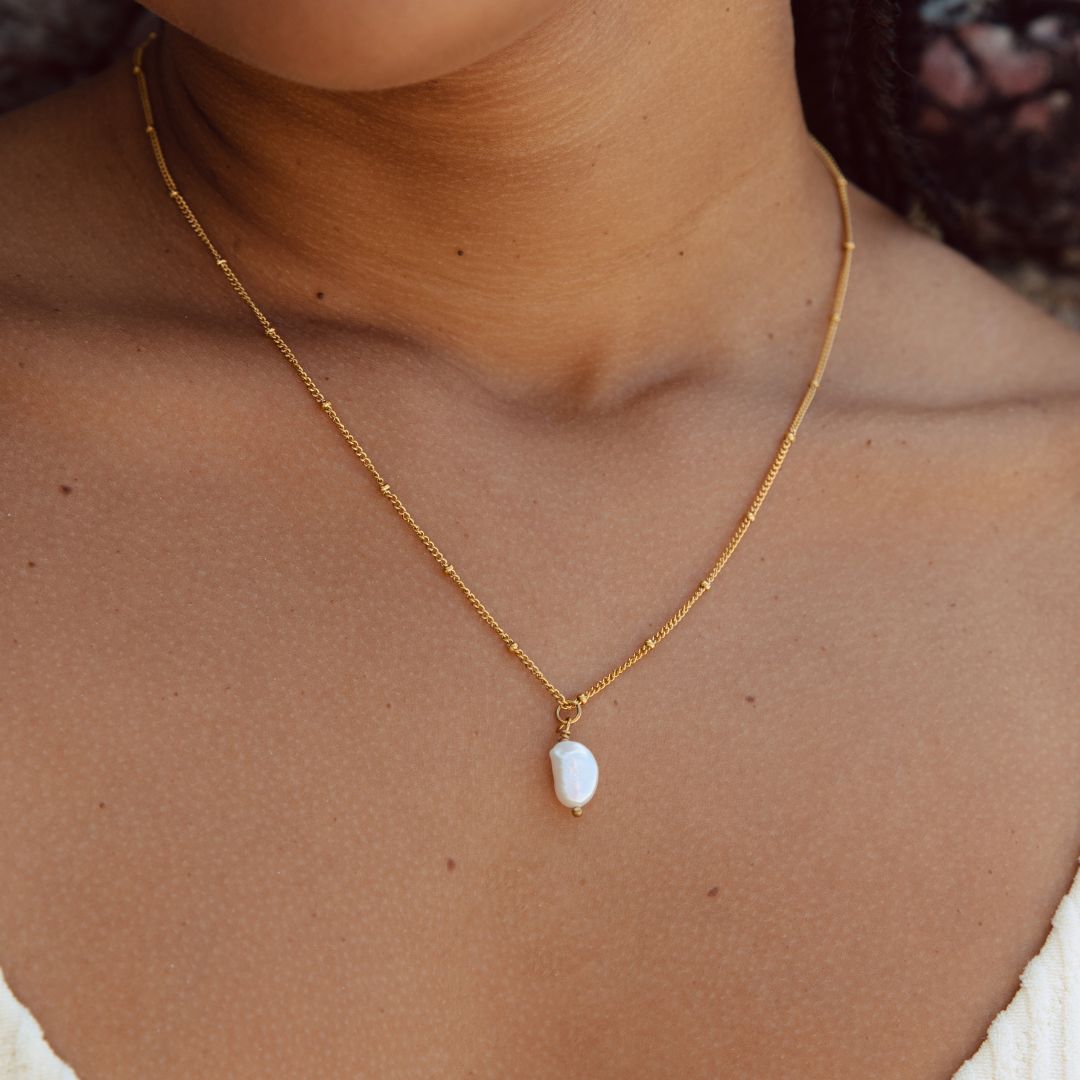

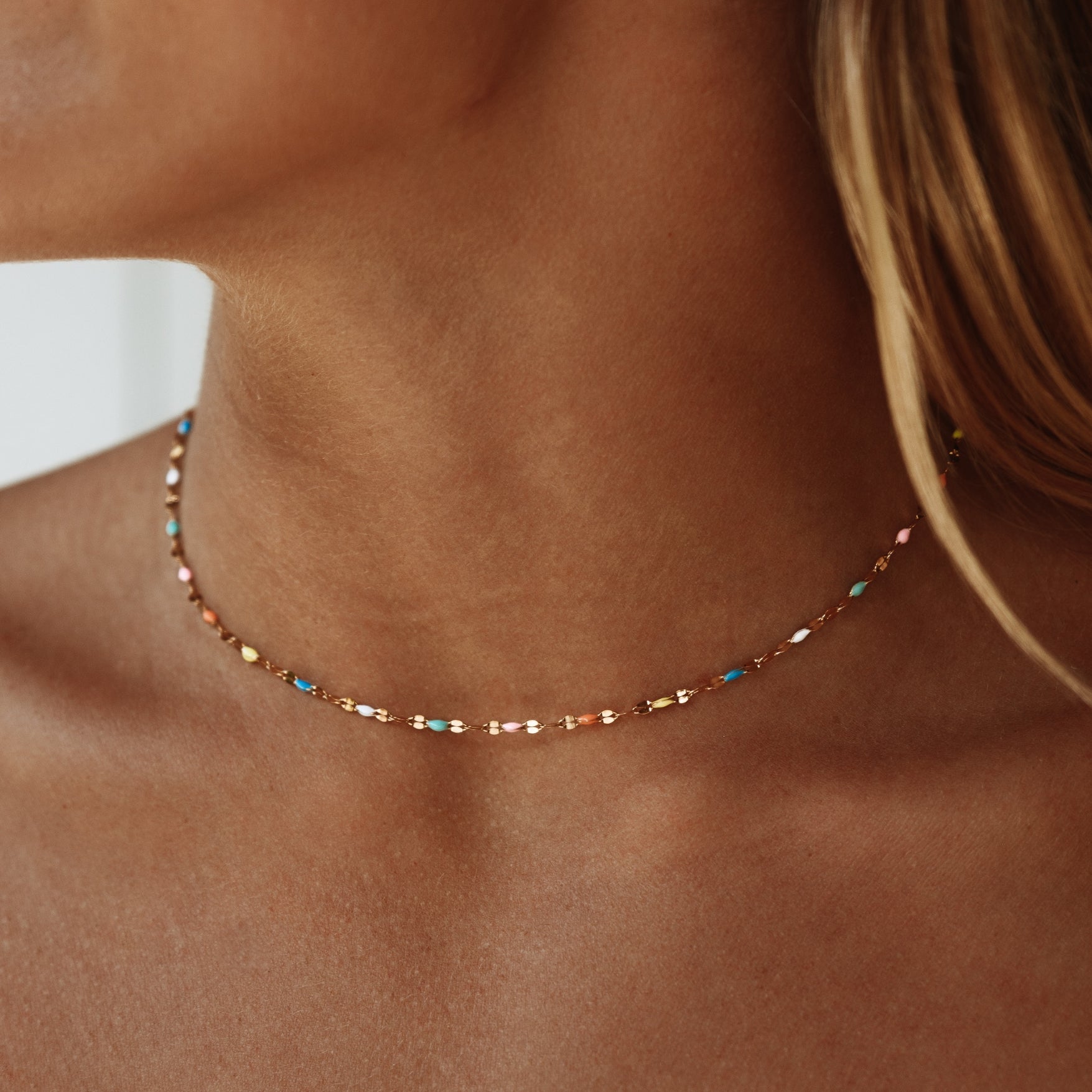


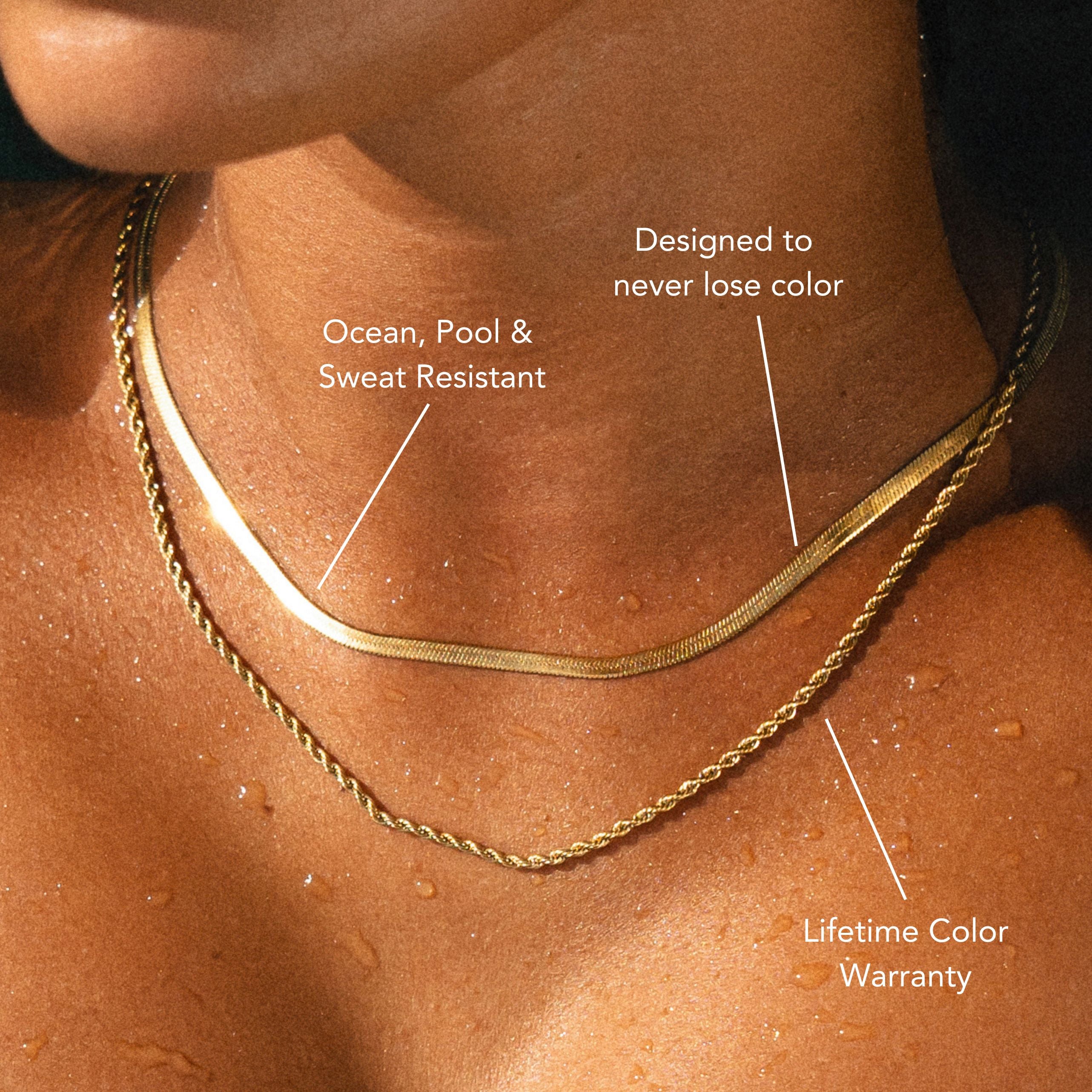
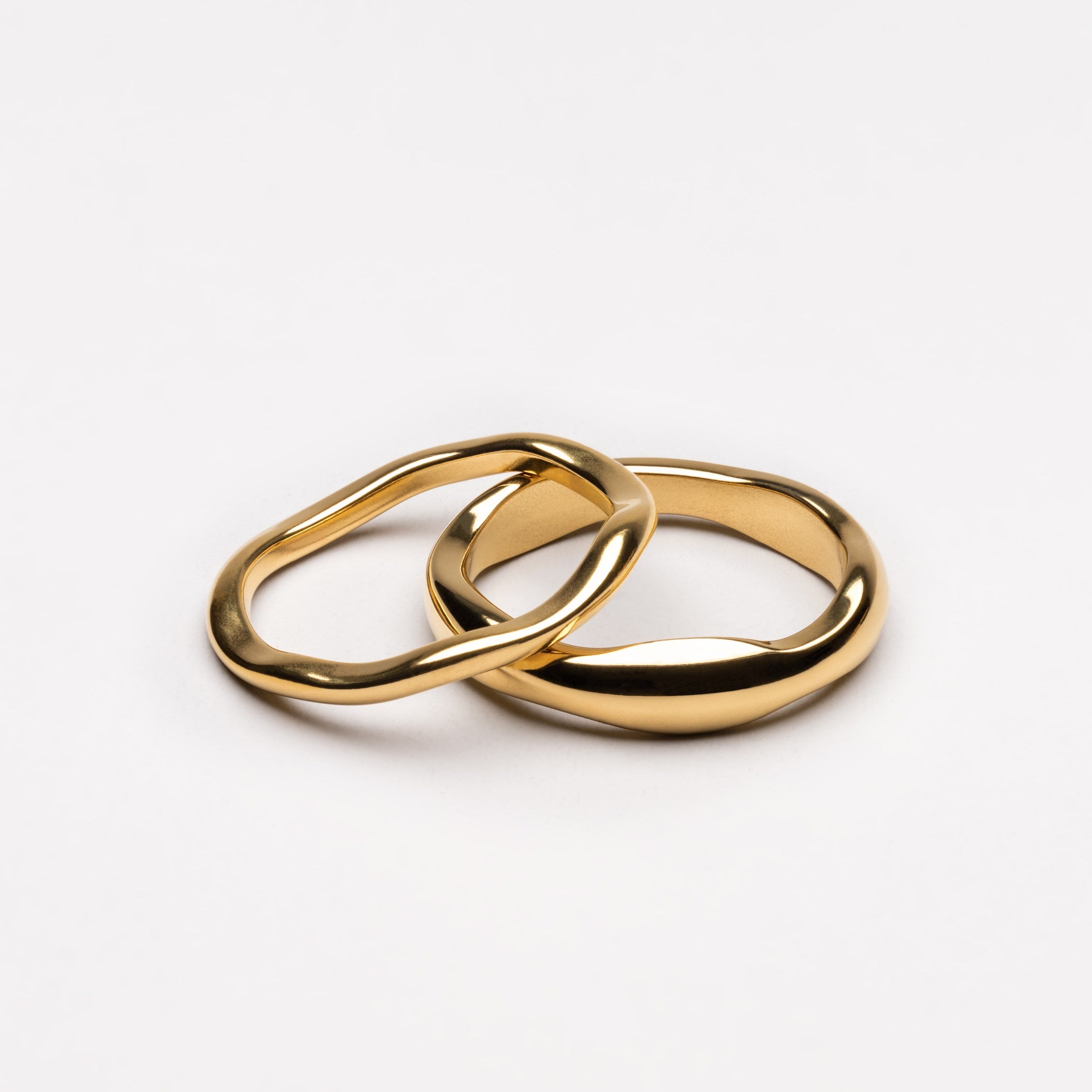


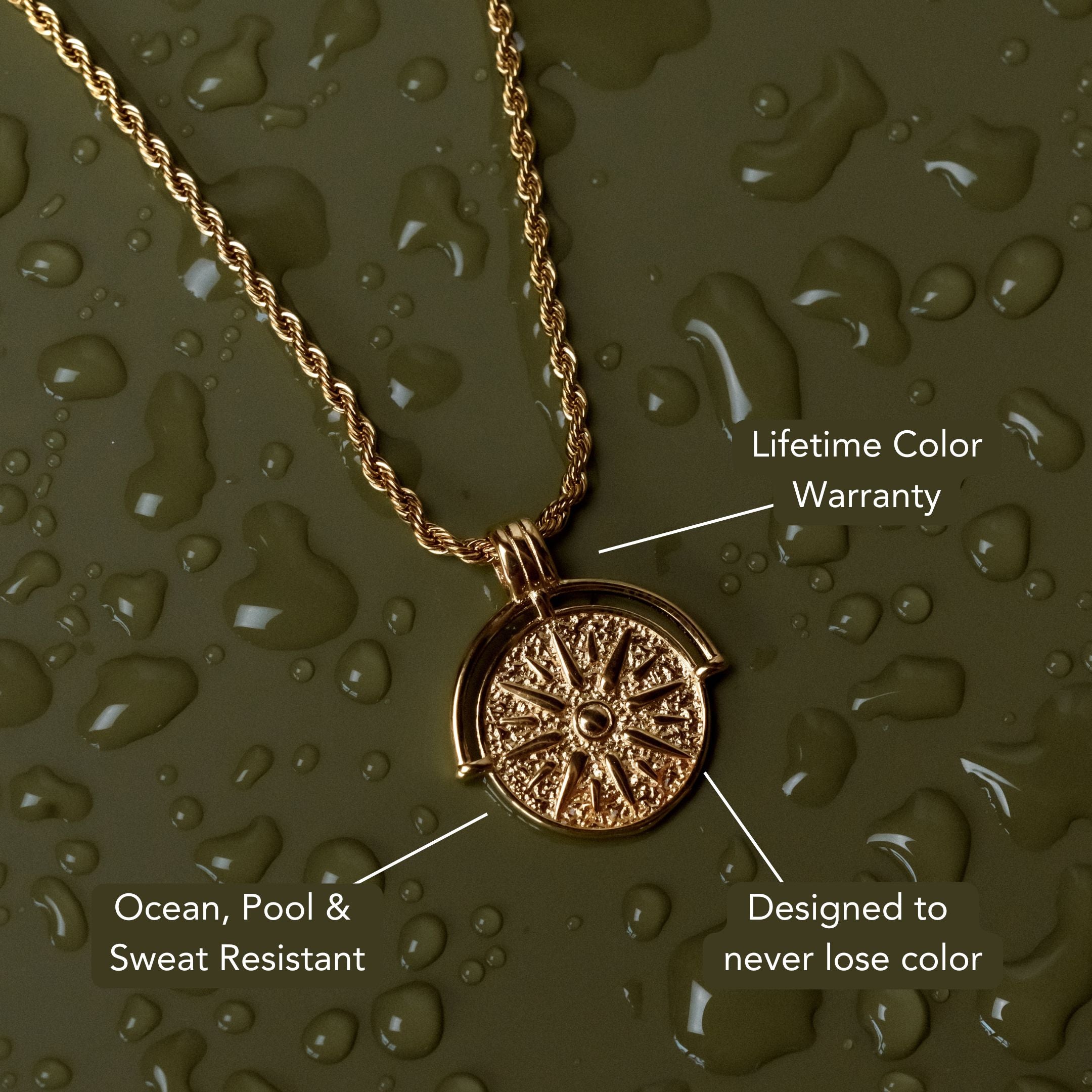
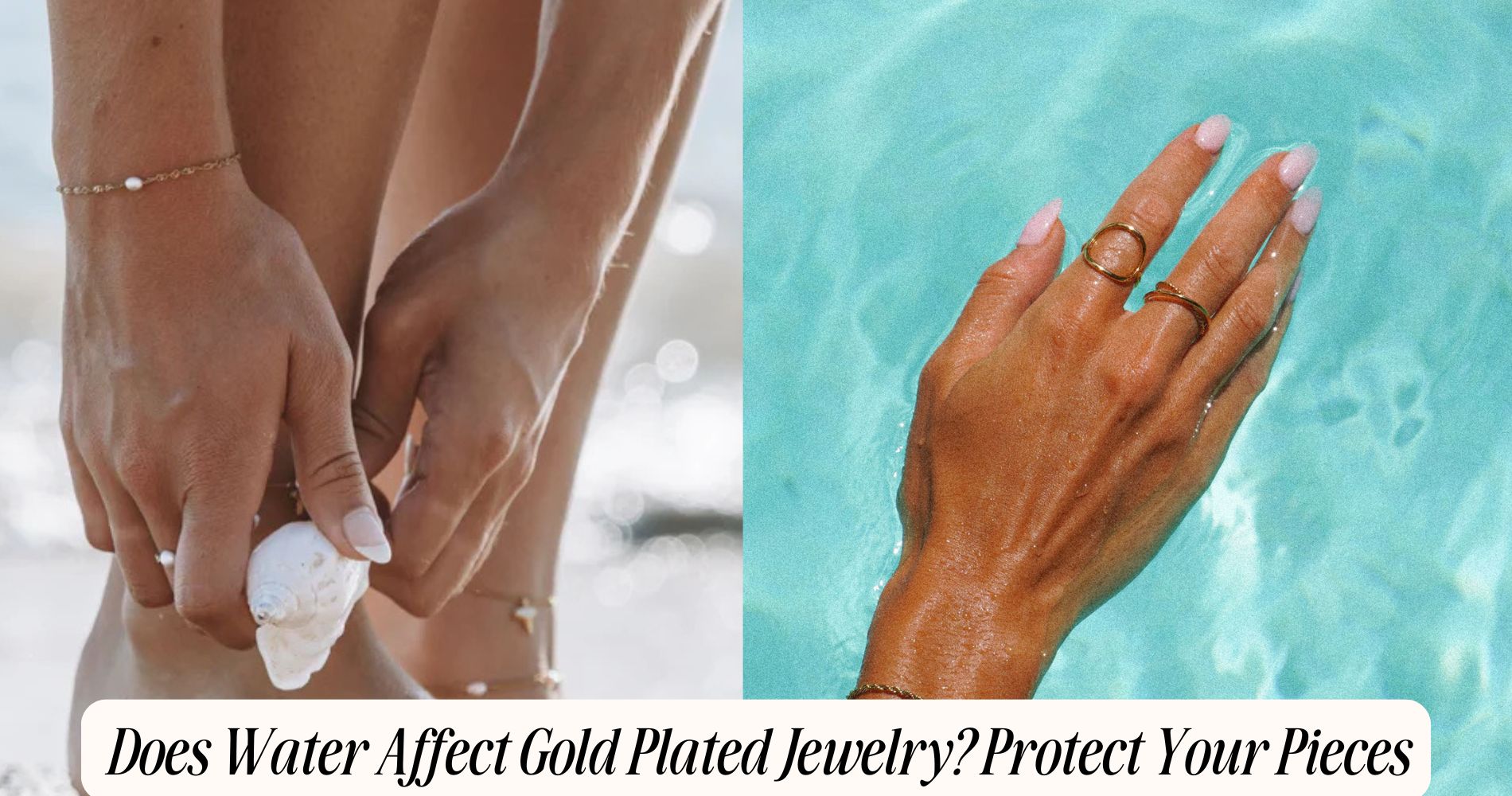





Leave a comment
This site is protected by hCaptcha and the hCaptcha Privacy Policy and Terms of Service apply.